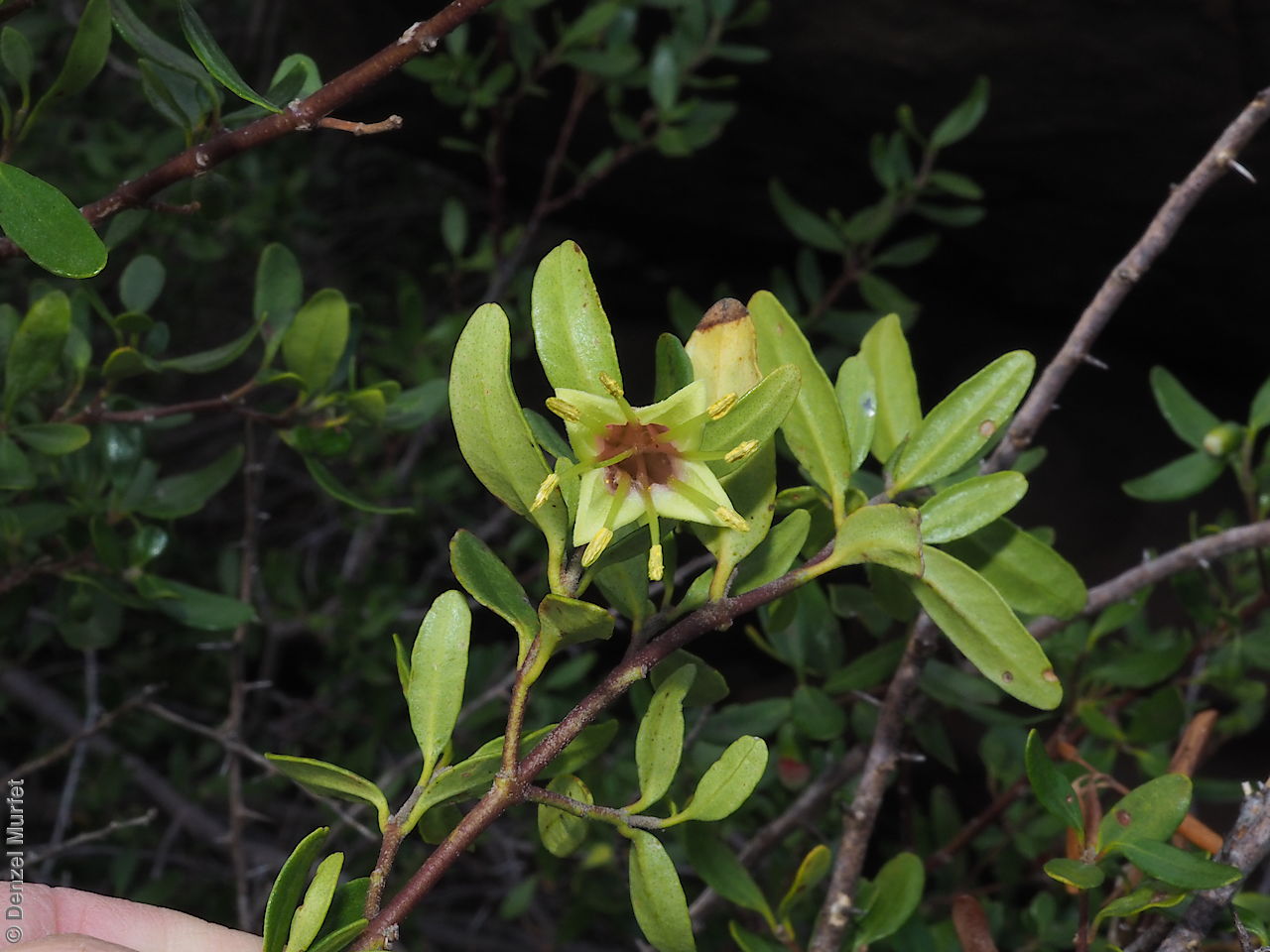











Botanical art
Prior names
Correa rubra var. turnbullii
Correa turnbullii
Correa schlechtendalii
Common names
Turnbull's Smooth Correa
Smooth Correa
Rock Correa
Etymology
Correa named after Jose Francisco Correa de Serra (1751-1823), a Portuguese botanist. Glabra from Latin meaning smooth, without hairs. Turnbullii possibly named after John Wright Turnbull (1940 - ), an English-born plant and seed collector who began his career as a forester with the Woods and Forests Department of South Australia.
Distribution and status
Endemic to South Australia and found on the rocky hills of the Mount Lofty and Flinders Ranges, the plains of the Murray, and in the upper South-east. Native. Uncommon in South Australia.
Herbarium regions: Flinders Ranges, Eastern, Northern Lofty, Murray, Southern Lofty, South Eastern, Green Adelaide
NRM regions: Adelaide and Mount Lofty Ranges, South Australian Arid Lands, South Australian Murray-Darling Basin, South East
AVH map: SA distribution map (external link)
Plant description
Erect dense shrub to 3 m high and 3 m with, with subglabrous branches. Leaves narrowly to broadly elliptic or obovate, to 5 cm long and 3 cm wide, glabrous or subglabrous above and below. Flowers solitary, rarely more, terminal on axillary or lateral shoots with tubuler, red with green tip flowers. This variety differ from the other two varieties by having a red flower rather than green or yellow. Flowering between May and August. Fruits are pale brown capsule to 8 mm long enclose by the sepals. Seeds are mottled brown reniform seed to 6.5 mm long and 2.5 mm wide, smooth surface. Seed embryo type is linear fully developed.
Seed collection and propagation
Collect seeds between October and December. Collect mature capsules, those that are turning a pale straw colour and contain hard seeds, either by hands or place small breathable bags over immature capsules to collect seed. Capsules maybe hard to see as it is enclose by the sepals. Place the capsules in a tray and leave to dry for a weeks. Then rub the capsules gently by hand to dislodge the seeds. Be very careful as the seed coat is thin and easily damaged. Use a sieve to separate the unwanted material. Store the seeds with a desiccant such as dried silica beads or dry rice, in an air tight container in a cool and dry place. From one collection, the seed viability was high, at 85%. This species has morphophysiological dormancy and can be difficult to germinate.
| Location | No. of seeds (weight grams) | Number of plants | Date collected | Collection number Collection location | Date stored | % Viability | Storage temperature |
|---|---|---|---|---|---|---|---|
| BGA MSB | 2,700 (27.5 g) 2,700 (27.5 g) | 29-Nov-2005 | DJD259 Murray | 8-Aug-2006 | 85% | -18°C |
Number of plants: This is the number of plants from which the seeds were collected.
Collection location: The Herbarium of South Australia's region name.
% Viability: Percentage of filled healthy seeds determined by a cut test or x-ray.